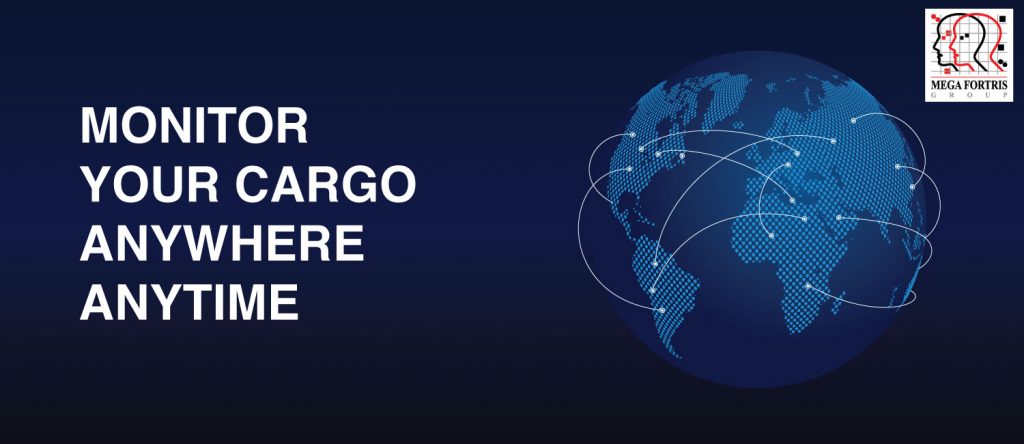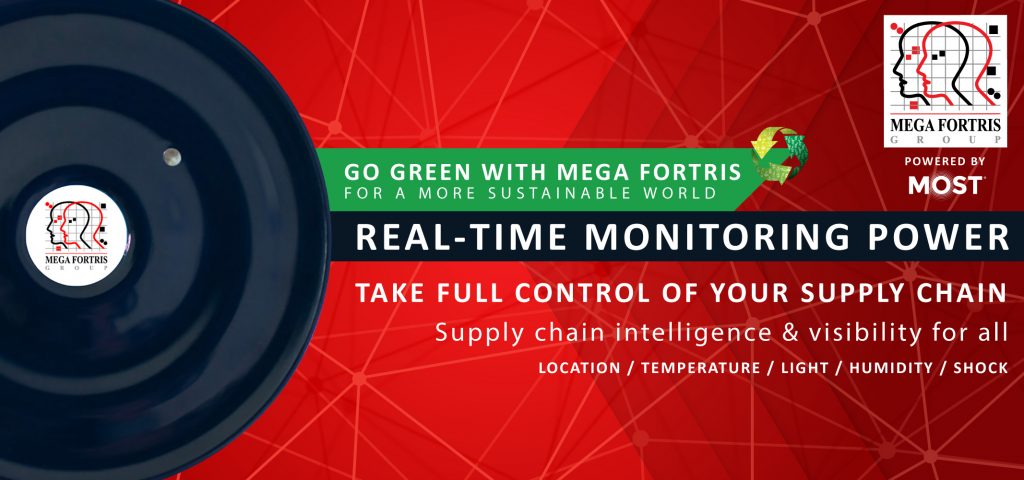-
25
Sep
Green Shipping with IoT and Real-time Monitoring

By MOST|October 28th, 2019|Real-Time Monitoring, Sustainability
As worldwide use for shipping and transportation progress rapidly, so do the environmental impact. According the global management consulting firm McKinsey & Company, “The typical consumer company’s supply chain creates far greater social and environmental costs than its own operations, accounting for more than 80 percent of greenhouse-gas emissions and more than 90 percent of the impact on air, land, water, biodiversity, and geological resources.”
Fortunately, the Internet of Things (IoT) is on the rise as well. From technologies like real-time monitoring business owners are offered new possibilities to dramatically boost the performance and efficiency of supply chain operations while also shrinking their environmental influence.
Sustainability issues in entire supply chain
Companies need to understand the complete span of their environmental impact in the thoroughgoing supply chain. This is why they need to contemplate beyond their own operations and be critical about the entire supply chain.
Due to a cost/benefit analysis companies supply chains has expanded globally. As a result the distances grow longer and multiple transportation methods are requested and therefore a grow in energy demands increase. It is no surprise that transportation-related pollution is a problem. According to the UN Environment Programme, transportation is currently responsible for nearly a quarter of global energy-related CO2 emissions.
Food waste is also another major sustainability issue in the transportation sector, where damage and contamination are common occurrences. The UN Food and Agriculture Organization reports that about one-third, or 1.3 billion tonnes, of food produced globally for human consumption is either lost or wasted every year.
IoT and sustainable shipping
The continuous increase of IoT technology is creating a new era where profitability and sustainability can coexist. With IoT you are sure to streamline supply chain and deliver everything from raised supply chain visibility and productivity to cutting costs.
“The real power of IoT lies in intelligently connecting people, processes, data and things—and exploiting that intelligence to radically change business processes,” writes OpenText, the enterprise information management company, in a recent white paper.
“Ultimately, the goal is to enable real-time and informed decision-making that allows organizations to move beyond efficiency and cost improvements toward implementing more effective business strategies around new product development, proactive inventory management and demand-driven production,” they say.
How IoT benefits sustainable shipping
- Greater supply chain visibility and shipment overview
- Optimized value of IT and other tools
- Improved inventory stock management
- More efficient routing and reduced waste
- Less surplus production and better supply-demand matching
Real-time monitoring secures energy efficiency and less waste
IoT technology offers a variety of possibilities and one of the more thrilling aspects is real-time monitoring which grants you greener shipping ways. The technology allows sensor-collected data to be streamed continuously for immediate access and therefore provides greater visibility every step of the way. This without a chance of human error.
When supply chain managers are empowered with the information they need at the right time, they are better equipped to ensure cargo arrives in the best possible condition—or to intervene and prevent damage and waste before it’s too late. Real-time monitoring can also be used to improve inventory stock management and transition to demand-driven production.
Data accuracy and accessibility is vital and can help elevate energy efficiency during transportation and at other points within the logistics system. Having enhanced shipment data makes it easier to optimize shipping journeys, improve dock scheduling and use warehouse resources more efficiently.
Four steps to a more sustainable supply chain
Companies do not have to put more purchasing power into IoT technology in order to secure a more sustainable supply chain, although it without doubt would help. Four steps that help your supply chain manager commence creating a more sustainable supply chain instantly.
- Recognize existing sustainability issues
To comprehend the precise span of your supply chain’s influence on the environment, it is important to have knowledge about how resources are being used along every step in the production process – from sourcing and manufacturing to transportation. Overwhelmed? Integrating IoT monitoring solutions is a great way to establish a better overview and greater transparency in your supply chain. Organizations like TSC, WWF, The Sustainability Accounting Standards Board, and CDP and the Global Reporting Initiative also have tools and processes that can help you identify and resolve impact areas.
- Minimize surproduction
Is your supply coordinated with your verified demand? A production surplus is a vast supporter to resource decrease, waste and economic loss. IoT technology like AI and machine learning enable you to forecast demands more precisely which again will support you in a way that your supply and manufacturing processes become more cost-effective. Predictive analytics might even help you consolidate shipments in a smarter way and use existing assets more efficiently.
- Optimize shipping routes
An important tool in being as cost-effective as possible is to have a detailed map of your entire supply chain. The map allows you to easily spot inefficiencies and through a possible rerouting even save both time and reduce fuel consumption. Real-time monitoring contributes to this overview and even support you with in-depth routing information in case of a needed re-routing on-the-fly should eg. traffic congestion or other unexpected issues pop up.
- Set principals for your suppliers
Are your suppliers sourcing and using resources responsibly? Establishing and communicating sustainability standards and best practices, combined with increased transparency, can raise accountability levels across your supply chain and encourage your suppliers to get onboard and contribute to your sustainability efforts.

Go green when shipping
Today’s IoT technology has improved to an extend that sustainability-conscious companies are helped to reduce the environmental impact of their supply chain operations. It is a matter of combining the right technological tools, awareness and smart supply chain strategies – this will enable you to a greener shipping industry where both the environment and trade can go hand-in-hand.
What’s your tool for change? Megafortris powered by MOST helps you to make a sustainable future happen today Our monitoring solution empowers companies with the visibility and real-time insights they need to make changes where they count. If you’re looking for a partner in your journey towards a more sustainable and strategic supply chain, we’re happy to help.

